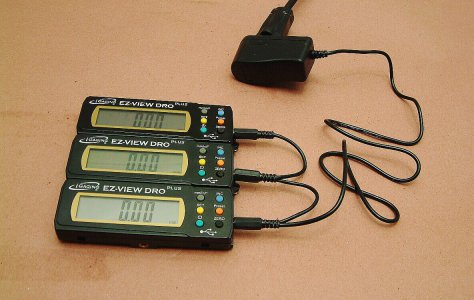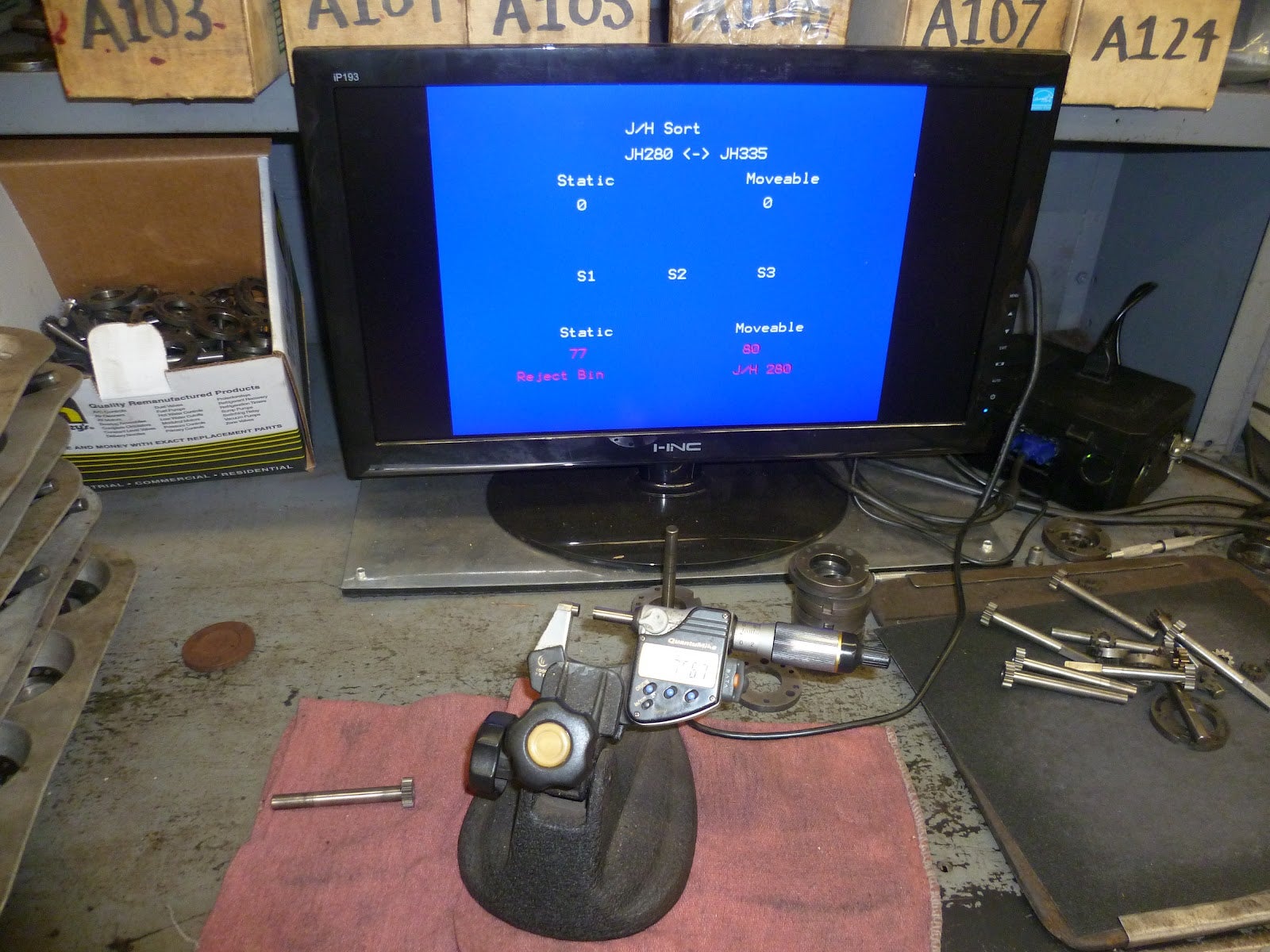- Joined
- Jun 8, 2016
- Messages
- 603
I read some older threads about the IGaging DRO's, and wasn't sure if there was any new information to be had. I'm wanting an electric power supply for my DRO's on my RF30. Not sure if the what I understand is still correct or not but.....Do the wall wart power supplys still cause interference? Has anything corrected that yet? I'm hoping I can run all 3 axis on one power supply, is that too much? Is there a better way to get around the dead battery issues?




